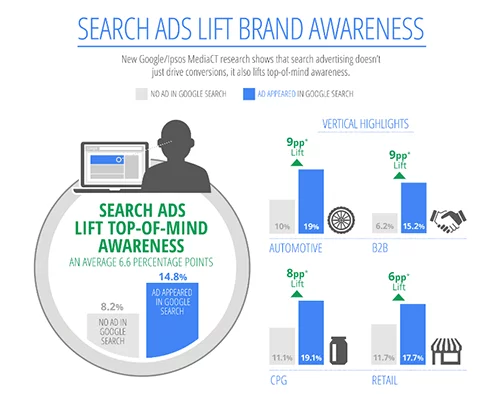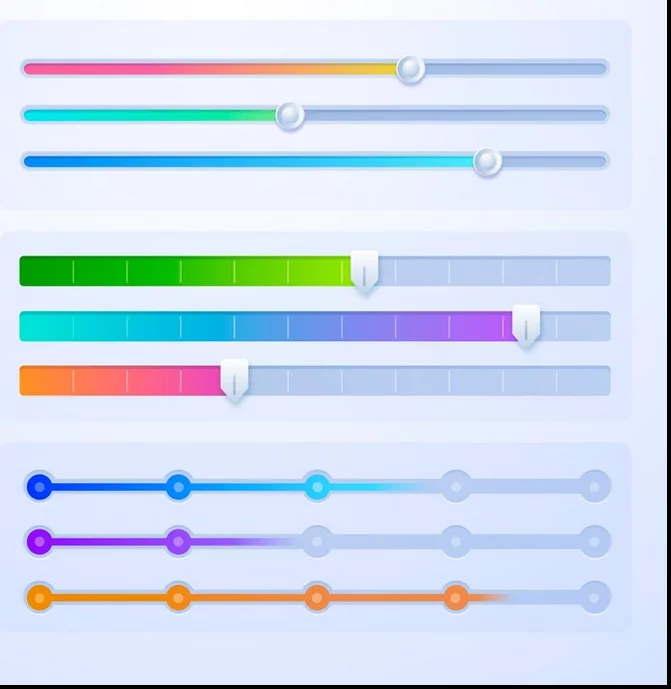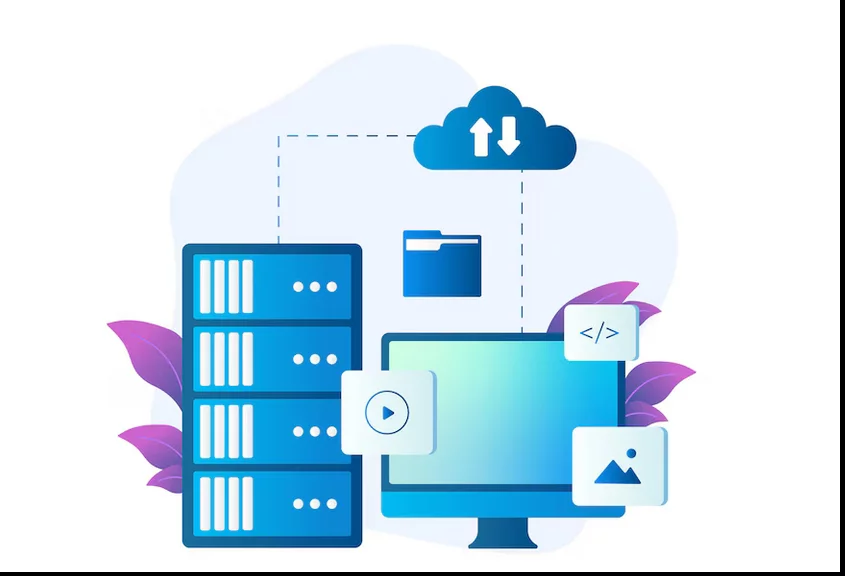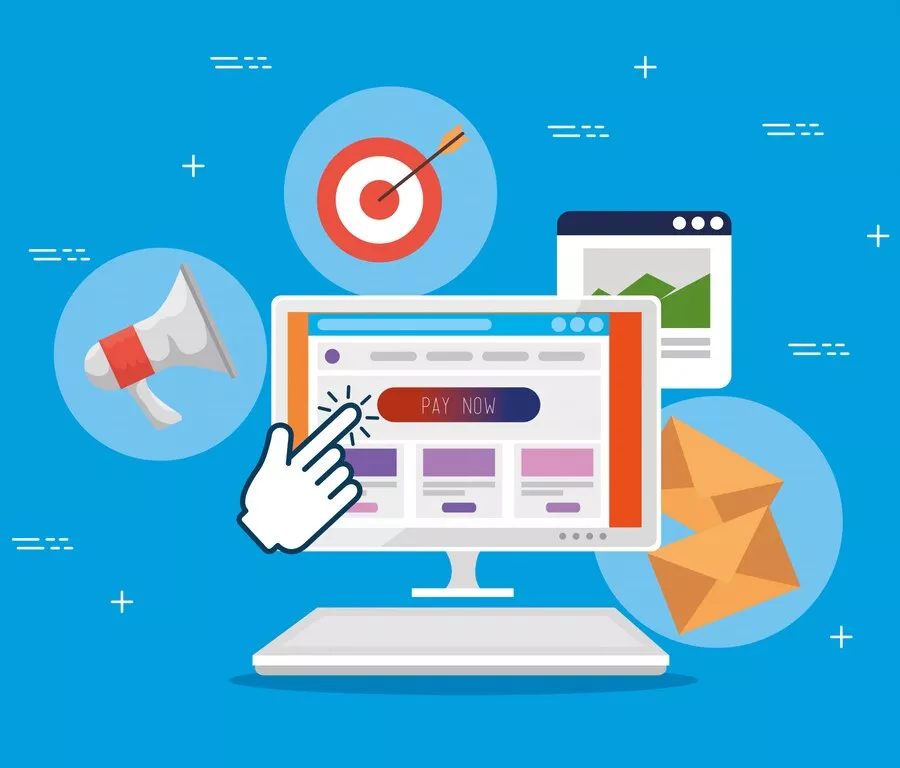Are you curious about Earnings per Click (EPC) marketing and eager to enhance your profits in affiliate marketing? You’re in for a treat! This comprehensive guide equips you with all the knowledge required to boost your earnings through affiliate marketing.

Earnings per Click (EPC) is a pivotal term in the realm of affiliate marketing, holding immense value for affiliate marketers worldwide. It serves as a crucial metric, providing insights into the profitability of affiliate campaigns.
What Does EPC Mean in Affiliate Marketing?
Earnings per Click (EPC) stands as a vital metric in affiliate marketing, showcasing the average revenue generated per click on your affiliate links. This metric plays a pivotal role in calculating affiliate marketing revenue, enabling you to discern the performance of various campaigns and identify lucrative opportunities.
Moreover, affiliate marketing networks often display EPC data, aiding marketers in evaluating their earning potential relative to other merchants. Whether you’re managing an affiliate program or leveraging affiliate links, understanding EPC is indispensable for campaign success.
Why EPC Marketing Matters
While many affiliate marketers are familiar with Cost per Click (CPC), EPC remains a lesser-known yet invaluable metric. Unlike CPC, which focuses solely on click costs, EPC offers a holistic view of revenue generated per click, enabling data-driven decision-making.
Armed with EPC insights, marketers can make informed choices, optimize campaigns, and target high-earning affiliate products more effectively. EPC serves as a beacon of predictability in the dynamic landscape of affiliate marketing, guiding marketers towards sustainable success.
Factors that Affect EPC:
- Traffic Quality: The quality of traffic directed to an affiliate offer is a significant determinant of EPC. High-quality traffic that is relevant and engaged with the offer is more likely to convert, resulting in higher earnings per click.
- Offer Relevance: The relevance of the affiliate offer to the target audience plays a crucial role in EPC. If the offer aligns well with the interests, needs, and preferences of the audience, it is more likely to generate clicks and conversions, leading to a higher EPC.
- Conversion Rate: The conversion rate, or the percentage of clicks that result in a successful conversion (such as a sale or lead), directly impacts the earnings per click. A higher conversion rate means more earnings generated from the same number of clicks, resulting in a higher EPC.
- Commission Structure: The commission structure of the affiliate program can affect EPC. Offers with higher commission rates or payout tiers may result in higher earnings per click, especially if they incentivize affiliates to drive more sales or higher-value transactions.
- Seasonality: Seasonal trends and fluctuations in consumer behavior can impact EPC. Certain offers may perform better during specific times of the year, such as holiday seasons or promotional periods, leading to variations in earnings per click.
- Competition: The level of competition within the niche or industry can influence EPC. Highly competitive markets may have lower EPCs due to increased advertising costs and lower profit margins, while niche markets with less competition may offer higher EPC opportunities.
- Ad Creatives and Landing Pages: The effectiveness of ad creatives and landing pages in capturing the audience’s attention and driving conversions can impact this earning. Compelling creatives, clear calls-to-action, and optimized landing pages can improve conversion rates and ultimately increase EPC.
- Geographic Targeting: The geographic location of the audience can affect EPC, as consumer behavior and purchasing power vary across different regions. Targeting audiences in regions with higher purchasing intent or disposable income may lead to higher EPC.
- Promotional Strategies: The promotional strategies employed by affiliates, such as content marketing, social media promotion, email marketing, or paid advertising, can impact the earnings. Effective promotional tactics that reach the right audience with the right message at the right time can drive higher EPC.
Strategies to Boost EPC in Affiliate Marketing:
1. Harnessing Exit-Intent Popups to Convert Abandoning Visitors

Re-engagement is a cornerstone of digital marketing, and exit-intent popups stand as a powerful tool in your arsenal. Leveraging targeted exit-intent popups for affiliate products can significantly enhance your conversion rates and bolster your affiliate marketing endeavors.
At the forefront of exit-intent popup technology is Popupsmart, offering seamless integration and advanced features to elevate your marketing efforts. Here’s how exit-intent popups work their magic:
Exit-intent popups operate on a simple yet effective principle: detecting when a visitor displays an intent to abandon your website and presenting them with a targeted popup before they leave. This strategic intervention presents an opportunity to re-engage visitors and guide them towards your affiliate products.
By crafting compelling offers and integrating clear call-to-action buttons, you can entice visitors to explore your affiliate offerings and drive conversions organically. The beauty of exit-intent popups lies in their ability to capitalize on existing organic traffic without the need for costly ad campaigns.
With lower ad costs, high earnings per click (EPC), and increased total profit, exit-intent popups emerge as a cost-effective solution for affiliate marketers seeking to maximize their returns.
2. Embracing Non-Intrusive Floating Bars

Despite concerns about the impact of popups on user experience (UX), floating bars offer a user-friendly alternative that enhances engagement without disrupting the browsing experience.
Floating bars elegantly sit atop web pages, delivering targeted messages and offers without obstructing content or causing annoyance to users. This unobtrusive approach ensures seamless integration with your website while effectively driving conversions and boosting affiliate sales.
Whether deployed on specific pages or site-wide, floating bar campaigns have proven to be instrumental in optimizing EPC marketing efforts and enticing passive traffic to take action.
3. Link to the Highest Bidder
The competitive landscape within the marketplace holds significant sway over EPC. A fundamental principle dictates that increased competition translates to higher earnings per click. Therefore, it is imperative for online publishers to align themselves with the highest paying merchants to secure optimal payouts for their links.
By strategically linking to merchants offering competitive rates and robust commission structures, publishers can augment their EPC and capitalize on the lucrative opportunities presented by a thriving marketplace.
4. Embed Affiliate Links in Blog Posts

Harnessing the power of content marketing, embedding affiliate links within blog posts emerges as a potent strategy to elevate EPC. Research indicates that content and blogs contribute to nearly 40% of affiliate publisher commissions in the United States, underscoring the pivotal role of quality content in driving affiliate sales.
Whether you’re leveraging an existing blog or embarking on a new content creation journey, prioritizing value creation and adhering to best SEO practices are paramount. By producing high-quality, SEO-optimized content, you can attract organic traffic to your site and lay the foundation for affiliate success.
Strategically embedding affiliate links within content types such as product reviews, resource pages, comparison articles, and product lists facilitates seamless integration while enhancing the user experience. Additionally, transparent disclosure of affiliate links fosters trust and credibility with your audience, fostering long-term relations and driving sustainable EPC growth.
5. Prioritize Fast Hosting

A critical yet often overlooked aspect of EPC optimization is the impact of website speed on user engagement and conversion rates. Studies reveal that even one-second delay in website load time can significantly impede user engagement, resulting in decreased pageviews, conversions, and overall customer satisfaction.
To mitigate these adverse effects and maximize EPC potential, affiliate marketers must prioritize fast and reliable hosting solutions. By ensuring swift website performance, marketers can enhance user experience, prolong visitor engagement, and drive higher click-through rates on affiliate links and in-content placements.
6. Harnessing the Power of Affiliate Marketing in Email Sequences

Integrating affiliate marketing into email sequences presents a lucrative opportunity to bolster EPC marketing efforts. However, it’s crucial to tread carefully, as the success of affiliate email campaigns hinges on the delicate balance between profitability and compliance with email service provider regulations.
When executed effectively, affiliate email marketing sequences can yield substantial profits. Conversely, overlooking compliance guidelines may result in penalization or even suspension of email accounts by service providers.
Understanding the nuances of affiliate email marketing is key to navigating this terrain successfully. Here’s how you can leverage email sequences to maximize EPC while maintaining compliance:
Crafting Non-Spammy Email Sequences
Email service providers are stringent in their efforts to combat spam, as it compromises user experience and erodes trust. Consequently, marketers must adopt a strategic approach to incorporating affiliate links into email campaigns without triggering spam filters.
The crux lies in delivering value-rich content to subscribers while tactfully interspersing affiliate promotions. By prioritizing content that educates, entertains, or solves problems for subscribers, marketers can cultivate engagement and trust, thereby enhancing the effectiveness of affiliate promotions.
Designing Effective Email Series for EPC Marketing
Building an effective email series entails thoughtful planning and sequencing of content to foster engagement and drive conversions. A well-structured email series for EPC marketing might include the following components:
- Welcome Email: Extend a warm welcome to new subscribers and set the stage for future interactions.
- Content Sharing: Provide valuable content that resonates with subscribers’ interests or pain points, establishing credibility and rapport.
- Lead Nurturing: Foster a deeper connection with subscribers through personalized interactions and targeted messaging.
- Affiliate Link Email: Introduce affiliate products or services in a non-intrusive manner, emphasizing their value and relevance to subscribers.
- Further Content Sharing: Continue to deliver value through informative or entertaining content, reinforcing the subscriber’s trust and interest.
- Continued Nurturing: Maintain engagement with subscribers by addressing their needs and concerns, positioning affiliate offerings as solutions.
- Final Affiliate Link Email: Present a compelling call to action, inviting subscribers to explore affiliate offerings and take desired actions.
Testing and Optimization
Iterative testing and optimization are instrumental in refining email copy and design to maximize engagement and conversions. Marketers should leverage A/B testing and analytics insights to evaluate the performance of different email elements and iterate accordingly for optimal results.
Learn about PPC here.
FAQs on EPC:
Why Do Emails Go to Spam Instead of Inbox & What to Do So They Don’t Anymore?
Emails may be flagged as spam if they exhibit characteristics commonly associated with unsolicited or low-quality content, such as excessive use of promotional language or lack of personalization. To prevent mails from landing in spam folders, marketers should focus on delivering relevant, value-driven content and adhere to the best practices for email marketing.
Is a Higher EPC Always Better?
While a higher EPC generally indicates greater profitability, it’s essential to consider other factors such as conversion rates, average order value (AOV), and customer lifetime value (CLV) to assess overall campaign performance. Sometimes, lower EPC campaigns may still be profitable if they drive higher volumes of conversions or lead to long-term customer relationships.
Can EPC Vary Across Different Affiliate Networks or Offers?
Yes, EPC can vary significantly depending on the affiliate network, offer type, and industry vertical. It’s essential to analyze EPC data specific to each campaign or offer to make informed decisions and prioritize resources effectively.



